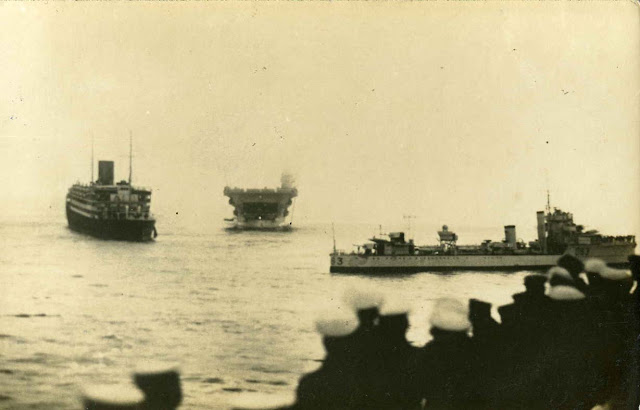They're still dredging the mouth of the Tyne for visiting crise ships. This is the split hopper vessel Long Sand moored alongside the backhoe-dredger Maricavor
From the stern you can see the arrangement more clearly.
Once the hopper vessel is fully laden it heads out to the open sea to dump the sand.
Meanwhile, on Union Quay Cork Sand, the sister ship of Long Sand, lies empty and ready to take her place.
The survey vessel F48 brings a crew member....
... who casts off from the quayside .... with the departing Long Sand and Maricavor in the distance
The hopper moves away from the quay...
... aided by her bow thruster...
.... that allows her to execute a sharp turn in the river...
... and head downstream....
.... to take up station next to the Maricavor...
Meanwhile the Long Sand, now considerably higher in the water, heads back into the Tyne...
... and passes the Cork Sand on her way to her temporary berth at Union Quay











